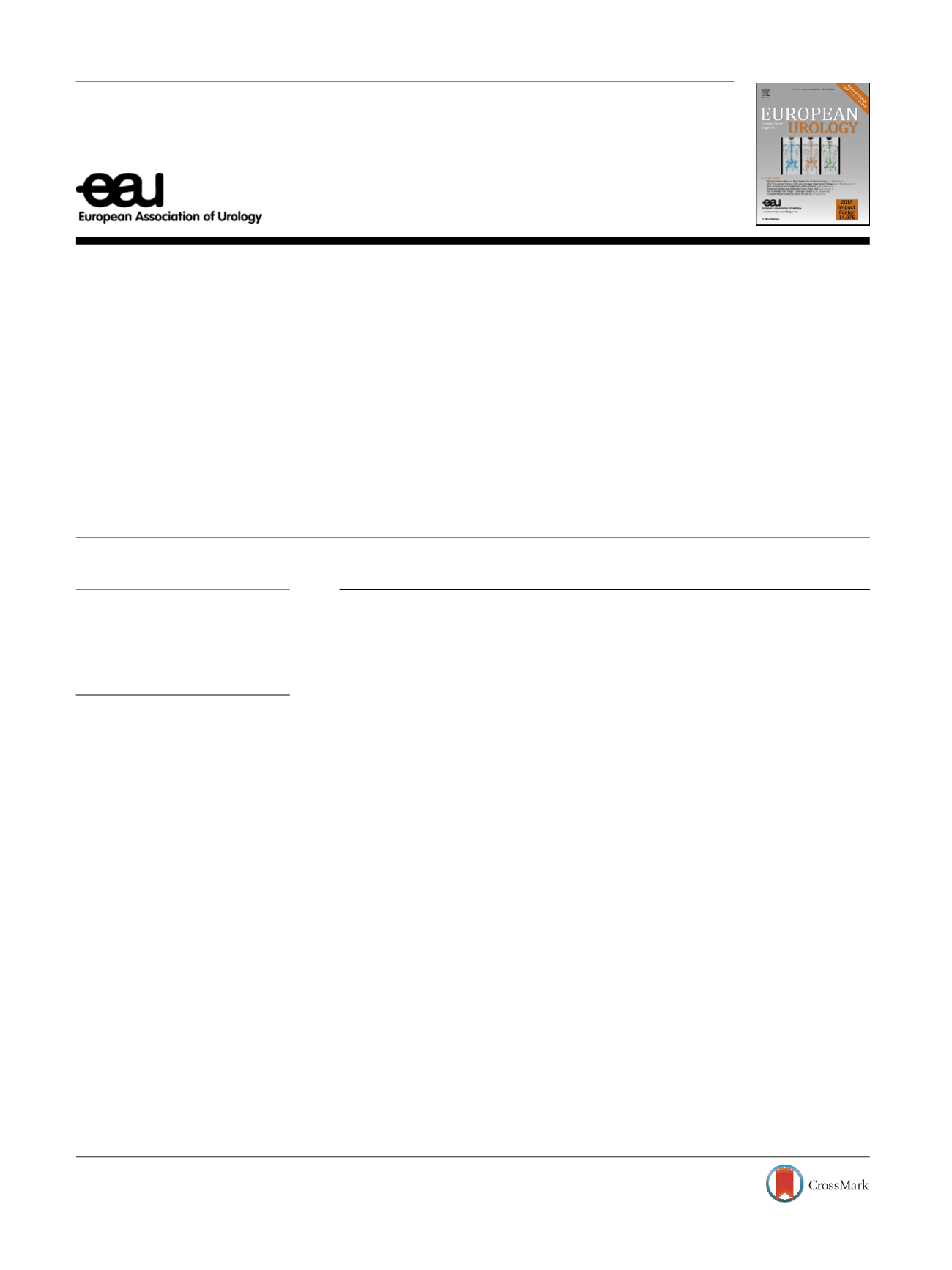

Surgery in Motion
Zero-fragment Nephrolithotomy: A Multi-center Evaluation of
Robotic Pyelolithotomy and Nephrolithotomy for Treating Renal
Stones
Ryan Swearingen
a ,Akshay Sood
b ,Rabii Madi
c ,Zachary Klaassen
c ,Ketan Badani
d ,Jack S. Elder
b[6_TD$DIFF]
,Kyle Wood
e ,Ashok Hemal
e ,Khurshid R. Ghani
a , *a
Department of Urology, University of Michigan, Ann Arbor, MI, USA;
b
Vattikuti Urology Institute, Henry Ford Health System, Detroit, MI, USA;
c
Department
of Urology, Medical College of Georgia, Augusta, GA, USA;
d
Department of Urology, Mount Sinai Hospital, New York, NY, USA;
e
Department of Urology, Wake
Forest Baptist Health, Winston-Salem, NC, USA
E U R O P E A N U R O L O G Y 7 2 ( 2 0 1 7 ) 1 0 1 4 – 1 0 2 1available at
www.scienced irect.comjournal homepage:
www.europeanurology.comArticle info
Article history:
Accepted October 13, 2016
Associate Editor:
James Catto
Keywords:
Kidney stone
Nephrolithotomy
Pyelolithotomy
Robotics
Urolithiasis
Please visit
www.europeanurology.comand
www.urosource.comto view the
accompanying video.
Abstract
Background:
Robotic pyelolithotomy (RPL) and robotic nephrolithotomy (RNL) may be
utilized for treating kidney stones as an alternative to percutaneous nephrolithotomy or
flexible ureteroscopy.
Objective:
To describe the techniques of RPL and RNL, and present multi-center outcome
data for patients undergoing these procedures.
Design, setting, and participants:
This study was a retrospective analysis of 27 patients
undergoing RPL and RNL at five tertiary academic institutions between 2008 and 2014.
Surgical procedure:
RPL and RNL without use of renal ischemia.
Measurements:
We assessed stone clearance by visual assessment and postoperative
imaging. We also examined other factors, including complications (Clavien grade),
estimated blood loss, operative time, and length of stay.
Results and limitations:
Twenty-seven patients underwent 28 procedures for a mean
renal stone size of 2.74 cm (standard deviation: 1.4, range: 0.8–5.8). The mean stone
volume was 10.2 cm
3
. RPL accounted for 26 of these procedures. RNL was performed in
one patient, while another underwent combined RPL-RNL. Indications included failed
previous endourological management (13), staghorn calculi (five), gas containing stone
(one), calyceal diverticulum (one), complex urinary tract reconstruction (two), and
patient preference (four). The mean patient age was 35.6 yr and mean body mass index
was 25.5 kg/m
2
. Mean operative time/console times were 182 min and 128 min, re-
spectively. The mean estimated blood loss was 38 ml. The mean length of stay was 1.7 d.
There was no significant change in preoperative and postoperative serum creatinine
levels. The overall complication rate was 18.5% (Clavien 1 = 3.7%; 2 = 7.4%; 3b = 7.4%).
The complete stone-free rate was 96%.
Conclusions:
RPL and RNL are safe and reasonable options for removing renal stones in
select patients. In particular, RPL allows the removal of stones without transgressing the
parenchyma, reducing potential bleeding and nephron loss.
Patient summary:
The robotic approach allows for complete removal of the renal stone
without fragmentation, thereby maximizing chances for complete stone clearance in
one procedure.
Published by Elsevier B.V. on behalf of European Association of Urology.
* Corresponding author. Department of Urology, University of Michigan, NCRC Building 16, First
Floor, Room 114W, 2800 Plymouth Road, Ann Arbor, MI 48109-2900, USA. Tel. +1-734-615-4034;
Fax: +1-734-936-8037.
E-mail address:
kghani@med.umich.edu(K.R. Ghani).
http://dx.doi.org/10.1016/j.eururo.2016.10.0210302-2838/Published by Elsevier B.V. on behalf of European Association of Urology.
















